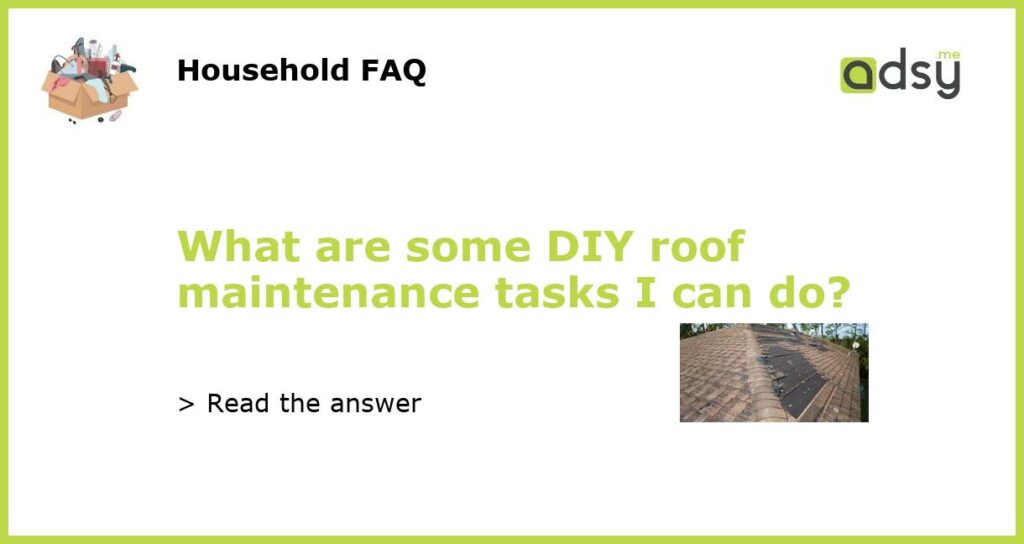Regular Roof Inspections
Regular inspections are essential for maintaining the health of your roof. By keeping an eye on the condition of your roof, you can catch small issues before they become major problems. Inspect your roof regularly, especially after severe weather events, to look for signs of damage such as loose or missing shingles, cracked or damaged flashing, and sagging areas.
Clean Your Gutters
One of the most important DIY roof maintenance tasks is keeping your gutters clean. Clogged gutters can lead to water buildup on your roof, which can cause leaks and damage to your home’s foundation. Remove leaves, debris, and any other obstructions from your gutters on a regular basis to prevent these issues. You can use a ladder and gloves to manually clean out the gutters or invest in gutter guards to help keep them clear.
Trim Overhanging Trees
Overhanging trees can pose a threat to your roof. The branches can scrape against the roof surface, causing damage to shingles or even puncturing the roof. Additionally, falling branches during storms can cause significant harm. Regularly trim back any branches that are too close to your roof to minimize the risk of damage.
Remove Moss and Algae
Moss and algae growth can be detrimental to your roof’s health if left unchecked. They can cause damage to the shingles and trap moisture, leading to the growth of mold and mildew. To remove moss and algae from your roof, you can use a moss killer or a mixture of bleach and water. Apply the solution to the affected areas and gently scrub with a brush. Be sure to follow safety precautions and manufacturer instructions when using any chemicals on your roof.
Fix Small Repairs
Addressing small repairs promptly can help prevent larger issues down the line. If you notice loose or damaged shingles, cracked flashing, or minor leaks, consider fixing them yourself if you have the necessary skills. Replace any missing or damaged shingles, secure loose ones with roofing nails, and seal any cracks or gaps in the flashing using roofing cement. It’s important to remember that if you’re unsure about the extent or complexity of a repair, it’s best to consult with a professional roofing contractor.

